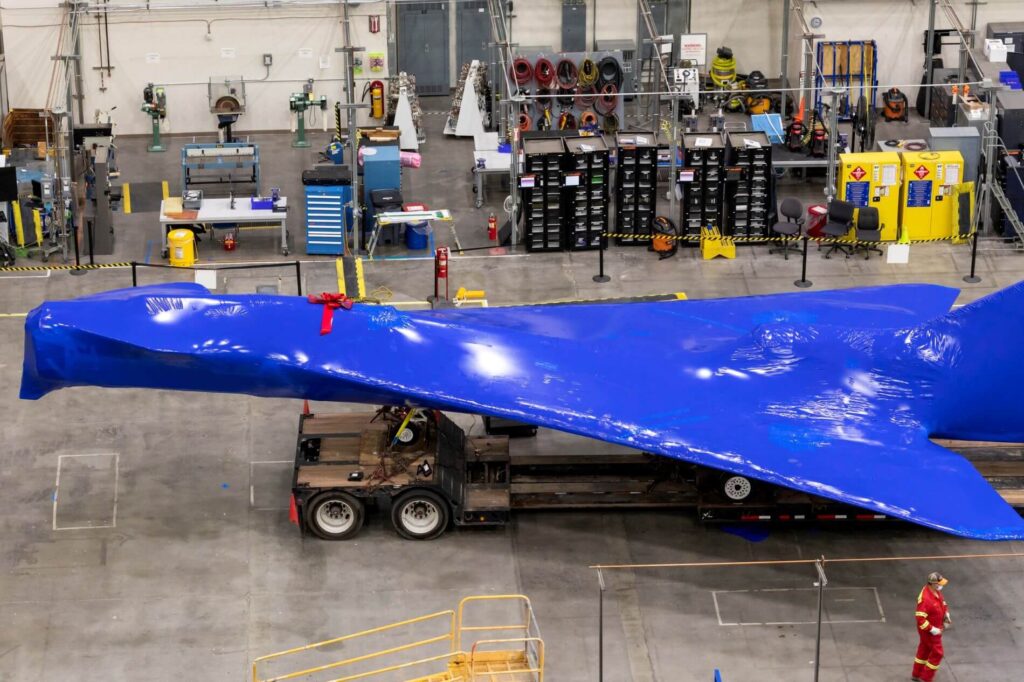NASA has begun critical ground testing of the Lockheed Martin X-59 QueSST in anticipation of the aircraft’s maiden flight.
The aircraft underwent a significant part of its assembly in 2021, almost reaching full completion.
In December 2021, the airframe was moved from Lockheed Martin’s Skunk Works assembling facility in California to its facilities in Texas.
In Texas, Lockheed Martin began the experiments intended to test if the aircraft can withstand the loads that occur during flight, as well as calibrate the X-59’s fuel systems.
Following the completion of the test program, Lockheed Martin will return the aircraft to California where it will undergo final assembly.
The aircraft is expected to perform its maiden flight at Edwards Air Force base in 2022. According to NASA, everything has gone according to plan so far, and there is no indication that the flight could be delayed.
The X-59 QueSST, a joint project between Lockheed Martin and NASA, is a technology demonstrator designed to test the possibility of quiet supersonic flight.
Its airframe is shaped in a way that will significantly reduce the sonic boom, paving the way for a new generation of aircraft that could cruise over land at supersonic speeds.
Currently, overland supersonic flight is banned in most countries, as the sonic boom can inflict damage and cause discomfort for the people below. For this reason, supersonic airliners of the first generation, the Concorde and the Tupolev Tu-144, were only allowed to fly over the ocean and sparsely-populated areas, a factor that severely limited the use of such aircraft.
Several companies intend to resurrect the concept by developing new supersonic airliners that are cheaper and safer to operate. Many depend on the quiet supersonic flight technology the QueSST is intended to demonstrate.

